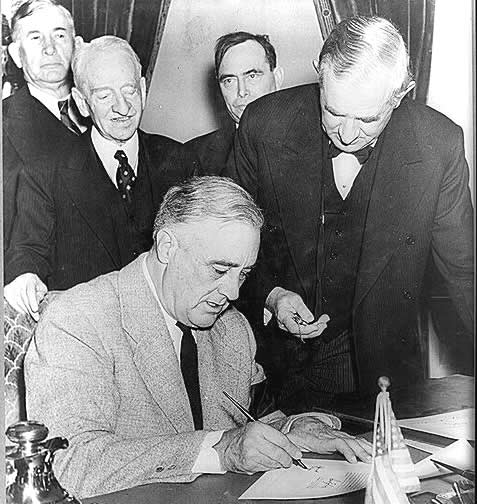
United States foreign aid is aid given by the United States to other countries. It can be divided into two broad categories: military and economic assistance. It has been given to a variety of recipients including developing countries, countries of strategic importance to the United States, and countries recovering from war. In the fiscal year 2009, the government allocated the following amounts for aid: total military assistance $13.7 billion dollars and total economic assistance $33.9 billion dollars for a grand total of $47.7 billion dollars.
For the first hundred years of the United States existence as a country, government aid was practically nonexistent. It was generally considered that the Constitution did not authorize the government to use the people’s money for foreign charity. During World War One, the Committee for Relief in Belgium received $387 million from the U.S. government. The money was given in the form of loans, but a considerable portion of those loans were forgiven. After the war, the aid was continued in the form of food distribution to war-devastated European countries.
Levels of United States aid increased greatly during World War Two, mainly on account of the Lend-Lease program. The Lend Lease program, which began in 1941 was an arrangement whereby the United States sent large amounts of war materials and other supplies to nations whose defense was considered vital to the defense of the United States. It began with the passage by Congress of the Lend Lease Act on March 11, 1941. Initially, the main recipient was Great Britain. By the end of the war, most of the Allied countries had been declared eligible for Lend-Lease aid. By the time the program was ended by President Truman in August 1945, more than $50 billion dollars worth of supplies had been disbursed. Although formally the material was loaned, in the end only partial repayment was demanded.
After the war, the United States began giving large amounts of aid to Greece and Turkey under the Truman doctrine. In 1949, the United States government gave Greece $300 million in military and economic aid. It is sad but the reality was that the aid continued to Turkey and Greece and remained in the hundreds of millions annually until 1998.
U.S. foreign aid is a fundamental component of the international affairs budget and is viewed by many as an essential instrument of U.S. foreign policy. Each year, it is the subject of extensive congressional debate and legislative initiatives. Since the end of the cold war, many have proposed significant changes in the size, composition, and purpose of the program. Currently, many of the countries to which the United States government is giving massive amounts of aid also appear on a very controversial list such as Afghanistan ($3.1 billion), Iraq ($2.3 billion), Pakistan ($1.4 billion) and Sudan ($1.1 billion.) Should we be giving aid to countries that the United States is currently spending over a trillion dollars in a very expensive war effort that is adding to our National Debt?
As budget negotiations continue and gain urgency in the coming weeks by the looming debt situation in Washington, the foreign aid budget has become a popular target. Budget Committee Chairman Paul Ryan points out that in the last ten years, resources for international programs have grown by 167%. Given the realities of our government’s fiscal meltdown, programs like foreign aid along with many others, will have to be cut. There is a certain amount of waste, redundancy and inefficiency in foreign assistance programs. The trick is to be able to cut the waste and inefficiency while still leaving the vital programs in-tact. Not an easy task.








